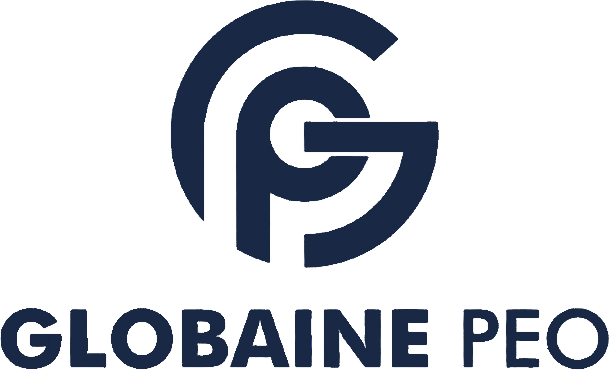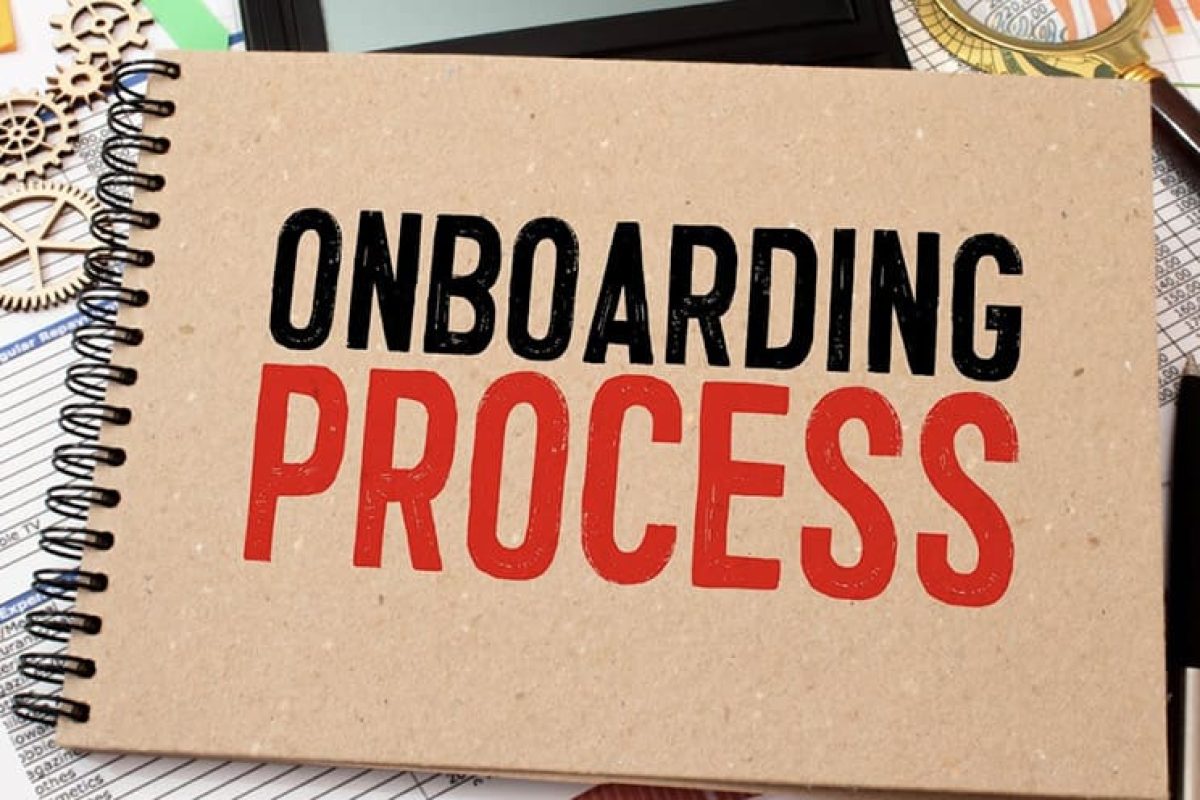As an employer expanding into New Zealand, it’s crucial to comply with local labor laws and prepare the correct documentation for a seamless onboarding process. This guide outlines the key steps and documents required for onboarding employees in New Zealand.
Onboarding Process: Step-by-Step Explanation
Step 1: Job Offer and Acceptance 📩
Trigger: After selecting the best candidate.
Action: Extend a detailed job offer including:
Job Title: Clearly specify the role.
Compensation: List salary or hourly pay. As of 2024, the minimum wage in New Zealand is NZD 23.15 per hour.
Start Date: Mention the expected commencement date.
Working Hours: Standard is 40 hours per week; outline any overtime policies.
Benefits Overview: Highlight key benefits, such as four weeks of paid annual leave.
Trial Period: Optional, up to 90 days for employers with fewer than 20 employees.
Outcome: The onboarding process proceeds after candidate acceptance.
Step 2: Employment Agreement 📝
When It’s Used: Immediately following job offer acceptance.
Action: Prepare a written Employment Agreement, a legal requirement in New Zealand, covering:
Job Description: Outline duties and responsibilities.
Compensation Details: Include regular pay, overtime, and any bonuses.
Leave Entitlements:
Annual Leave: Minimum of four weeks paid leave per year.
Public Holidays: 11 recognized public holidays, including Waitangi Day and Anzac Day.
Sick Leave: 10 days per year after six months of continuous employment.
Parental Leave: Up to 26 weeks of paid parental leave.
Working Hours: Specify standard hours and conditions for flexible arrangements.
Termination Conditions: Clarify notice periods and reasons for termination.
Outcome: Signed by both parties to formalize employment terms.
Step 3: Tax and Superannuation Setup 💰
When It’s Used: Before the employee starts.
Action: Register employee tax details and arrange for contributions:
IRD Number: Collect and register the employee’s Inland Revenue Department (IRD) number.
Tax Code Declaration: Complete a Tax Code Declaration (IR330) form.
KiwiSaver: Automatically enroll eligible employees in the KiwiSaver retirement scheme (3% minimum employer contribution unless they opt out).
Outcome: Tax and superannuation setup is completed, ensuring correct payroll deductions.
Step 4: Health and Safety Induction 🦺
When It’s Used: On or before the employee’s first day.
Action: Provide an orientation covering workplace health and safety, which is mandatory under New Zealand law.
Health and Safety at Work Act (HSWA) Compliance: Outline emergency procedures, hazards, and safety protocols.
Employee Safety Manual: Share a copy of safety guidelines specific to the role and work environment.
Personal Protective Equipment (PPE): Supply any necessary safety gear.
Outcome: Confirm the employee understands safety protocols through acknowledgment.
Step 5: Payroll and Benefits Enrollment 📊
When It’s Used: During the first week.
Action: Ensure employee payroll and benefits are properly set up.
Bank Details: Gather employee bank account information for salary deposits.
Benefits Enrollment: Register the employee for any additional benefits (e.g., private health insurance, employee discounts).
Overtime Policy: Communicate how overtime is calculated, typically 1.5 times the regular hourly wage.
Outcome: Employee receives accurate and timely compensation.
Step 6: Workplace Policies and Training 📚
When It’s Used: Within the first month.
Action: Provide comprehensive onboarding about workplace policies and required training.
Code of Conduct: Share company policies regarding behavior, communication, and professionalism.
Training Programs: Include job-specific training modules, compliance courses, and development opportunities.
Performance Metrics: Set clear goals and KPIs during the onboarding phase.
Flexible Work: Discuss options for remote work, flexible hours, or other arrangements.
Outcome: Employee is well-informed and prepared to fulfill their role.
Step 7: Probation and Feedback Period 📅
When It’s Used: During the first 3-6 months.
Action: Evaluate the new hire’s performance and provide regular feedback.
Trial Period Review: If applicable, review performance at the end of the trial period.
Performance Check-ins: Schedule monthly or bi-weekly meetings to discuss progress and address any concerns.
Adjustments: Make role adjustments based on performance or feedback.
Outcome: Decide on permanent employment status based on performance evaluations.
Additional Information on New Zealand Employment Laws
Workplace Discrimination: New Zealand enforces strict anti-discrimination laws under the Human Rights Act 1993, ensuring fair treatment regardless of race, gender, age, or other factors.
Flexible Working Arrangements: Employees have the right to request flexible work arrangements, such as remote work, after six months of employment.
Pay and Benefits Transparency: Employers must provide clear documentation of wages, including holiday pay, sick leave entitlements, and deductions.
Key Documents Summary Checklist
Job Offer Letter
Written Employment Agreement
Tax Code Declaration (IR330)
IRD Number Registration
KiwiSaver Enrollment Form
Health and Safety Manual
Performance Review Templates
Conclusion: How GlobainePEO Can Help with Onboarding in New Zealand🌐
GlobainePEO specializes in managing all aspects of employee onboarding in New Zealand, from drafting compliant contracts to ensuring social security registration and legal work permits. Partnering with GlobainePEO ensures smooth onboarding while you focus on growing your business.

